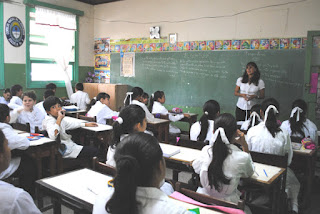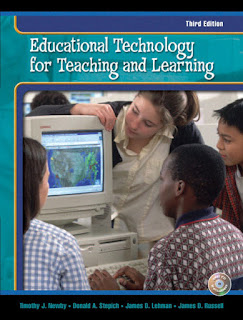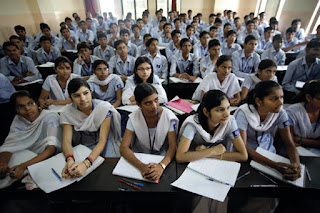It is the leading education institution among the universities of U.S. with the numerous bachelor students. This education institution was founded by Leland Stanford in 1885 who was the former government of U.S. senator from California, with his beloved wife, Jane Lathrop Stanford in the remembrance and honor of their only beloved son Leland Stanford Junior, who had passed due to typhoid fever at his early age of 15 years.
Commonly called Stanford University is also known as Leland Stanford Junior University. It is an exclusive university of research in California at Stanford. The university is one of the reputed university among the universities of America.
This education foundation was first started on October 1, 1891. The education of Stanford University is co-educational and it is non-denominational education institution. The academic departments of this university are managed into seven schools, with several other helping parts such as labs and natural reservation centre which is located in the outer side of the core of the college.
It is one of the biggest college among the colleges of U.S. which has the area of 8,810 acres land. On the starting of this university, it has only 555 students but now it has total 15,877 enrollment, in which 6,980 are undergraduates and 8,897 are postgraduate students. The motto of this university is “ The wind of freedom blows”.
The endowment of this university in the year 2014 was $21.4 billion. The president of Standford University is John L. Hennessy and the provost of this university is John Etchemendy. The total number of academic staff of this university is 2,118 whereas 11,128 are the administrative staff of this university.
Both undergraduate and graduate education programs to the students are provided by the schools of Earth Sciences, Engineering and Humanities and Sciences. Business, Education, Law and Medicine are included in graduate schools. Stanford University offers degrees of B.A., B.S., B.A.S., M.A., M.S., Ph.D., D.M.A., M.D., M.B.A., J.D., J.S.D., J.S.M., L.L.M., M.F.A., M.L.S., M.L.A., M.P.P. and English. In the Stanford University, the majors which is highly selected by the students are Computer Science, Human Biology, Engineering, Science.
Technology and Society and Biology. Due to the vast study of this college, it has gained third position in the top most university of America.
The Stanford Univesity undergraduate education gives importance to a vast liberal arts institution with the improvement of broad subject-area knowledge and a different education gaining experiences in the classroom and outside the classroom. Stanford provides graduate students with great chances for the involvement in the advancement of whole fields of education.









